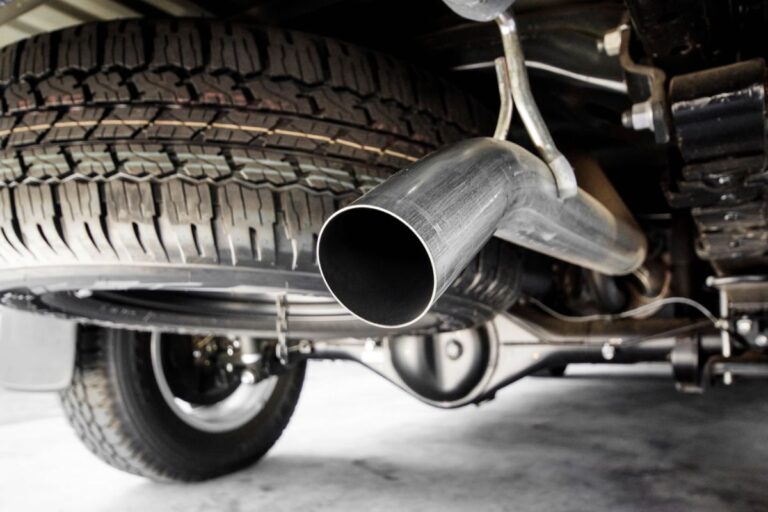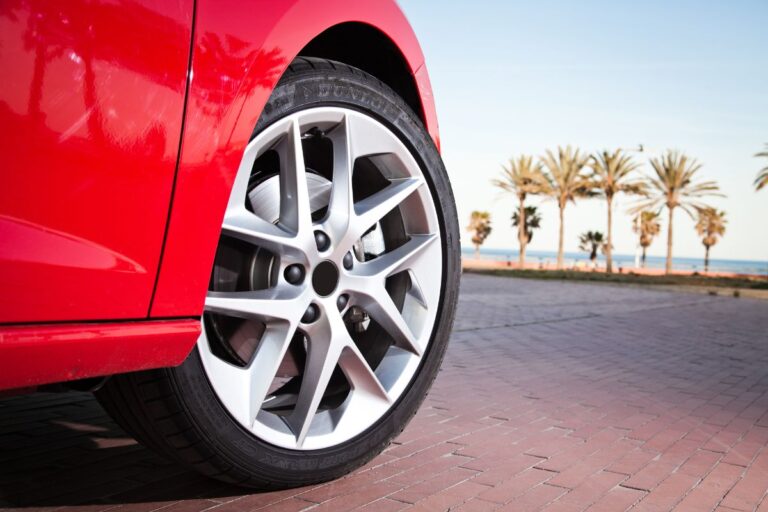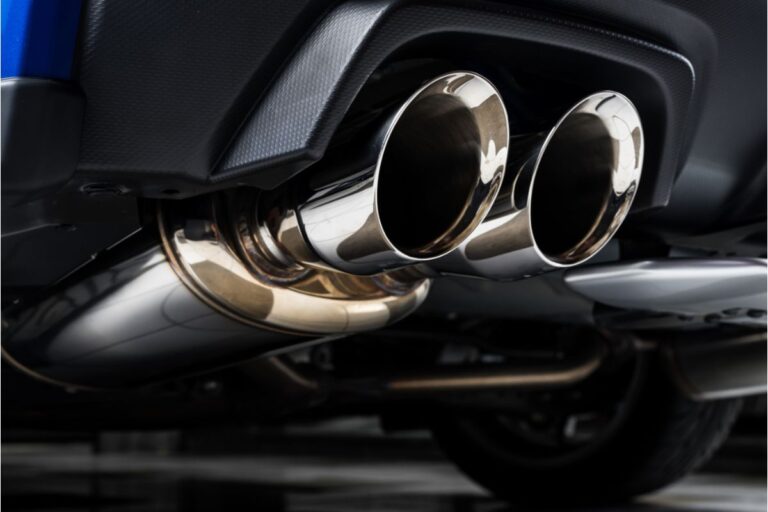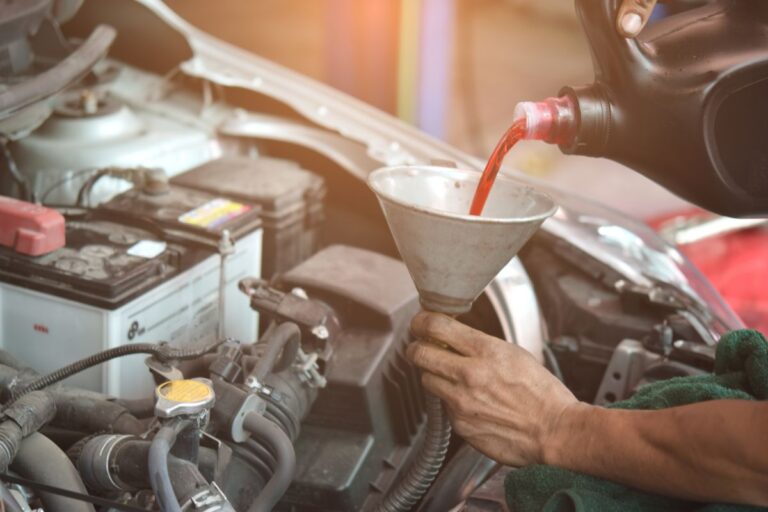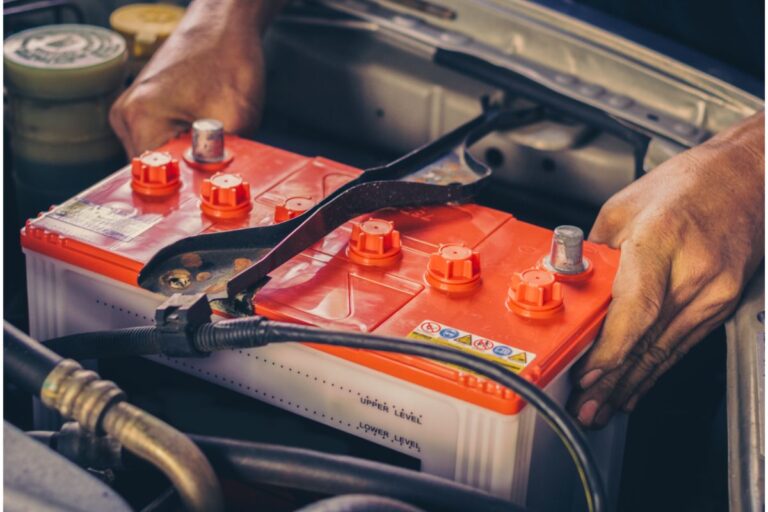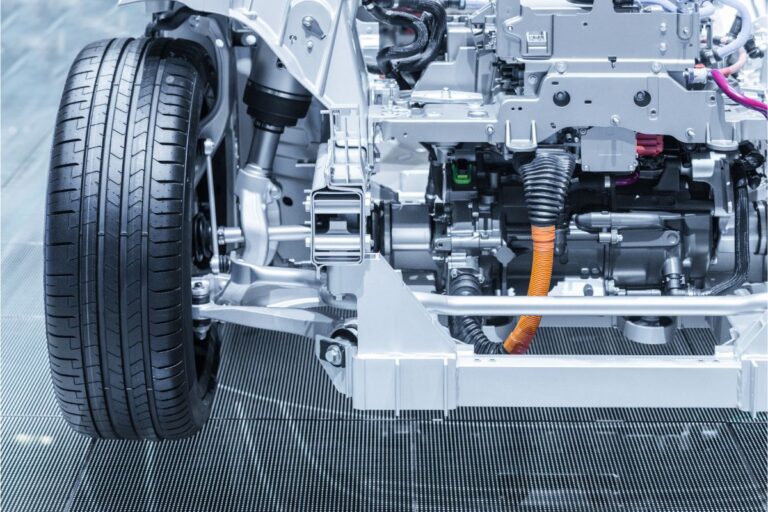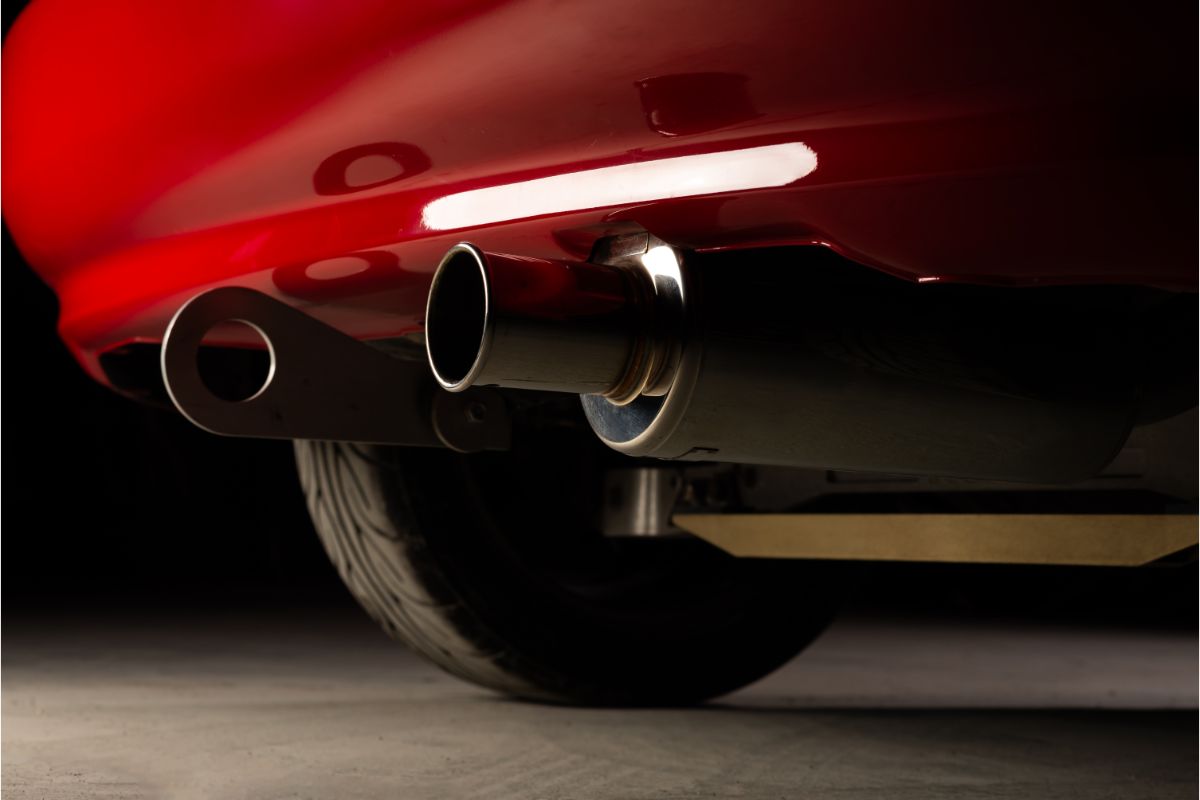
A glasspack muffler is a type of aftermarket exhaust system that features a straight-through design, with an internal chamber that is partially or fully packed with glass beads.
The term “glasspack” is often used generically to describe any type of straight-through muffler that uses particles of some sort. The most common types are filled with glass beads or ceramic pellets.
The first glasspack mufflers appeared in the early 1960s, but they didn’t become e popular until the 1970s. Originally, they were designed to make engines sound louder and more aggressive than stock exhaust systems.
In recent decades, they’ve gained popularity among performance enthusiasts who want a deep-throated exhaust sound without sacrificing efficiency or comfort.
Related: 6 Different Types of Exhaust Pipes for Cars
Are glass packs good mufflers?
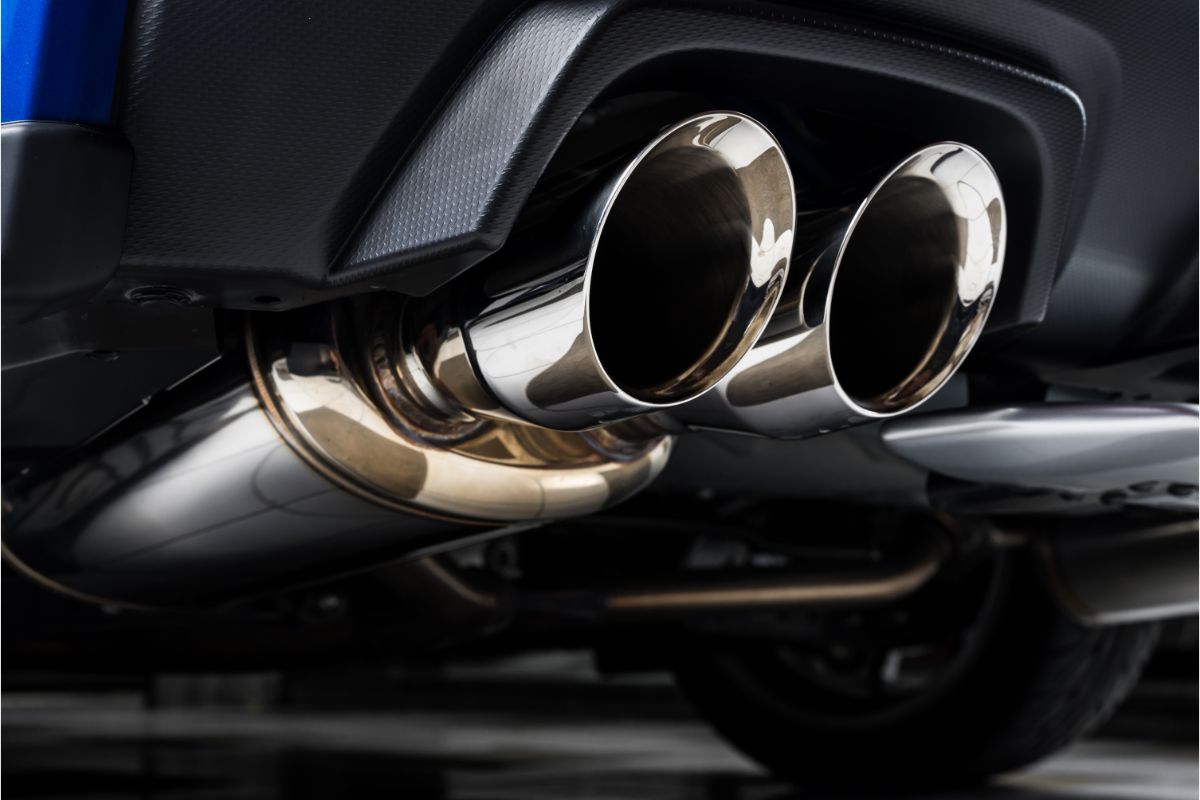
Glass packs are a type of muffler that is designed to reduce noise from the engine. They do this by using a series of glass tubes that surround the exhaust flow in the muffler. The tubes are designed so that they can flex slightly, which helps to absorb the sound waves created by the exhaust.
The main advantage of glass packs is that they tend to be more efficient than other types of mufflers. This can mean more power for your vehicle, or it may mean better fuel economy if you’re driving an older model.
While glass packs are generally quieter than standard mufflers, they may not be as effective as other types of aftermarket exhaust systems available today.
They make a lot of sense on vehicles that have already been modified with headers and other performance upgrades, but aren’t always necessary on stock vehicles just looking for a little more power or better fuel economy.
Are glasspacks louder than flowmaster?
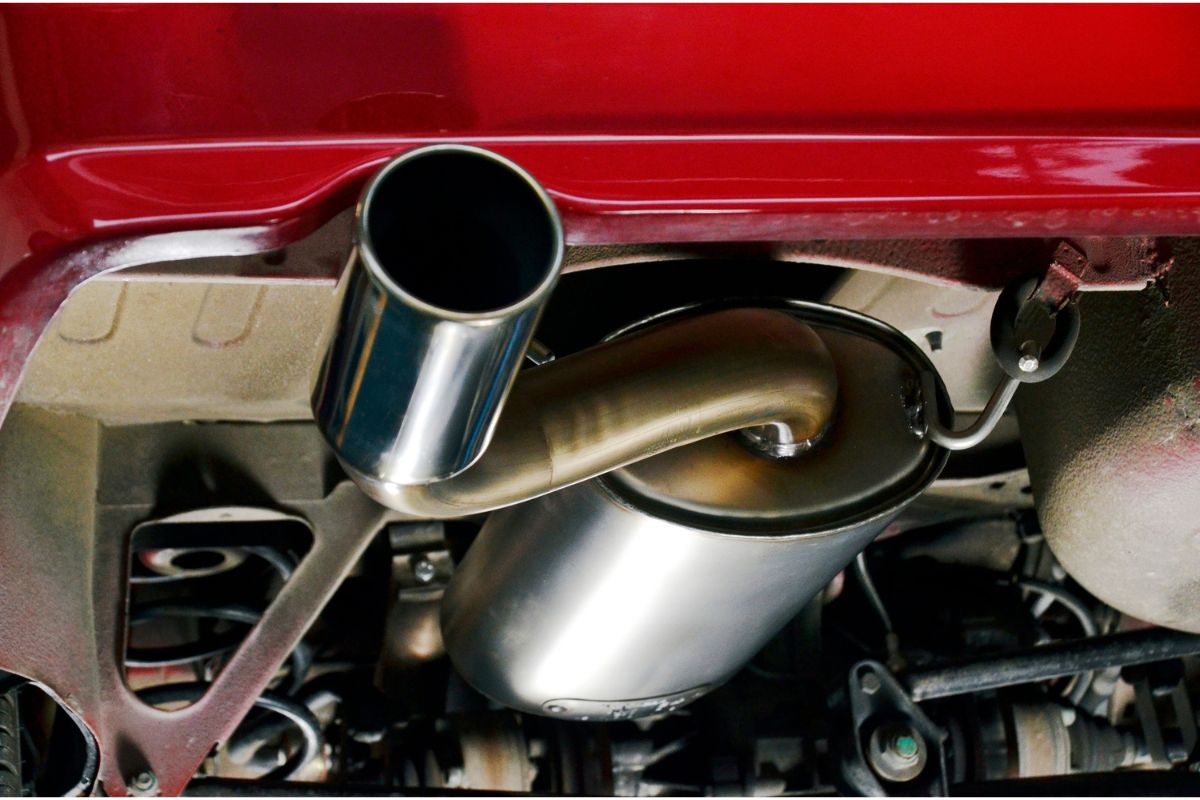
Glasspacks are louder than Flowmaster.
Flowmaster has a larger muffler, which means more resonators and more material for sound absorption.
Glasspacks are very straight forward. They’re basically just a tube that connects to the exhaust manifold on one end, and then goes into a chamber with a single resonator at the other end. This means that there’s much less sound absorbing material than in Flowmaster, which is why it’s loud (and sounds like “glasspacks”).
Does a glasspack affect gas mileage?
Glasspacks are pipes that replace your exhaust system. They do not affect gas mileage.
In fact, they can improve gas mileage because they eliminate flow restrictions in the stock system and allow more air to pass through the engine.
They do make your car louder, but that is a small price to pay for improved performance and better sound quality.
The only time a glasspack would affect gas mileage is if it was clogged up with carbon or if the muffler was damaged so badly that it could not function properly.
How long do glasspack mufflers last?

Glasspack mufflers are made from glass-reinforced plastic, or GRP. This material is commonly used for boat building and other marine applications, as well as being a popular choice for custom car builders.
The longevity of your glasspack muffler depends on how you use it and on the quality of the materials used to build it. If you run your engine at high rpm for extended periods of time without maintenance, you will wear out your glasspack muffler quickly.
If you drive gently and avoid revving the engine too high, however, you can get many years of service out of a glasspack muffler before it needs to be replaced or repaired.
How much does it cost to install a glasspack?
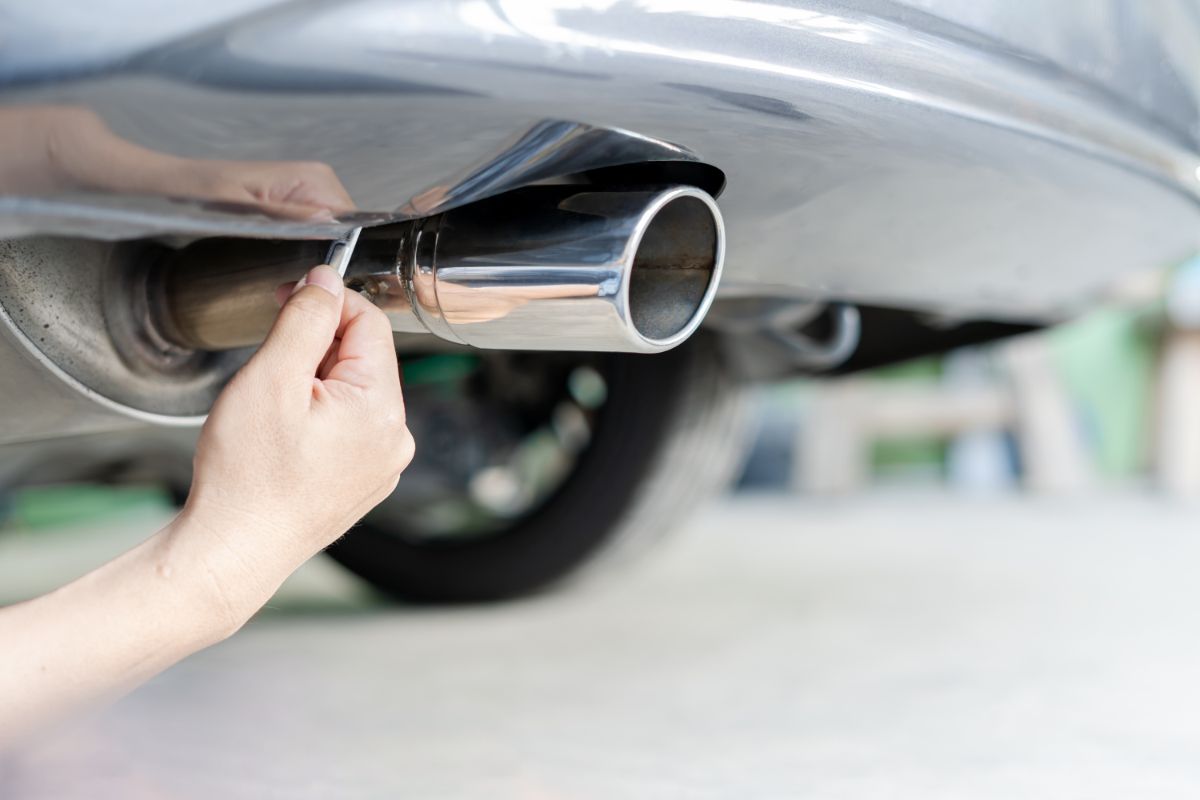
The cost of a glasspack muffler is $8-$30, depending on its size and whether it’s made of fiberglass or steel. Installation can cost anywhere from $50 to $200, depending on whether you choose to have your muffler installed by a professional or do it yourself.
A glasspack muffler has an open chamber at the end of its exhaust pipe, which forces out more noise than a standard muffler. The noise is created by the combustion gases inside the chamber being released through small holes in the wall.
The main benefit of a glasspack is that it reduces backpressure in your exhaust system, allowing for better flow of exhaust gases through your engine’s cylinders. This improves horsepower and fuel economy.
Is a glasspack a resonator?
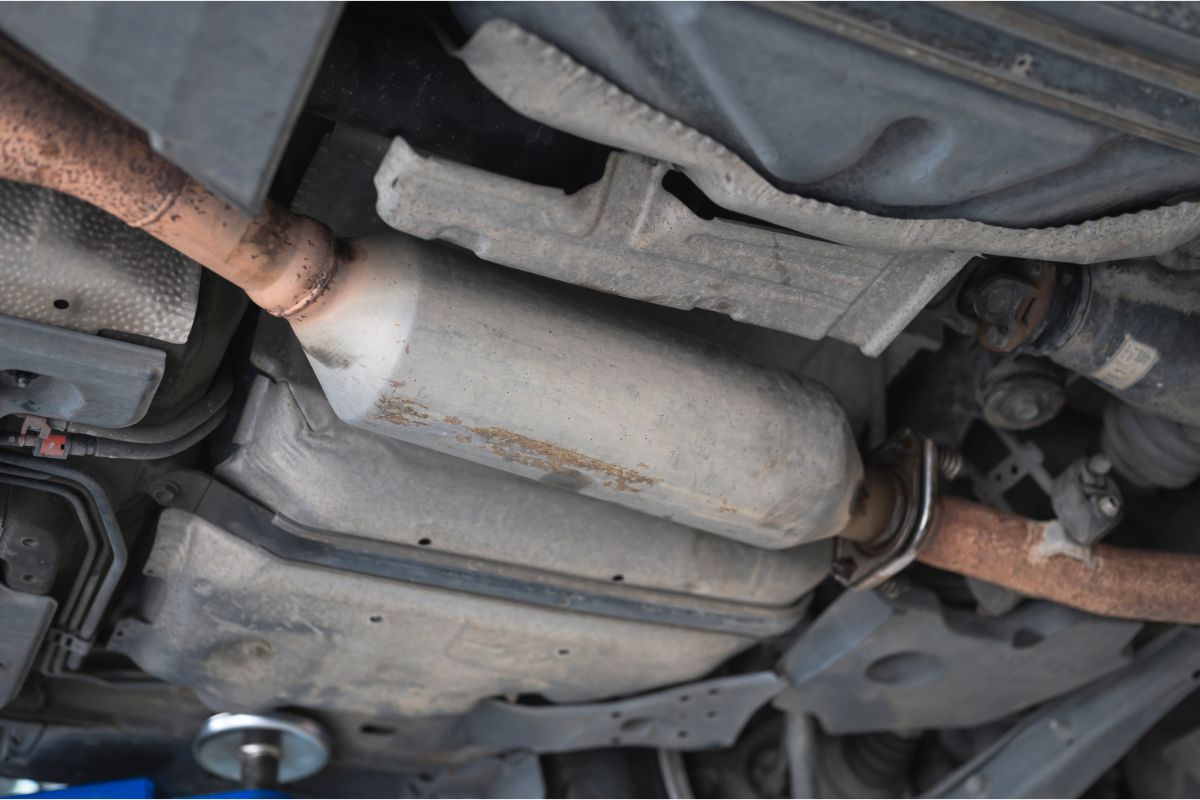
Yes, a glasspack is a resonator.
A glasspack is a muffler for your car. It is a straight-through design that allows exhaust gases to pass through the muffler and out of the tailpipe. There are no baffles or chambers in the design, which allows it to be louder than other mufflers with baffles or chambers.
Glasspacks can have either single or dual outlets. A glasspack with dual outlets will typically have two separate pipes coming out of the back of the muffler — one going to each tailpipe — while a single-outlet glasspack features only one tailpipe.
Resonators are also straight-through designs but they generally have chambers and baffles that help increase low-end torque at the expense of high-end power by allowing exhaust gases to slow down as they pass through the chamber before exiting through an outlet like on a glasspack.
Are magnaflow glasspacks loud?
Magnaflow glasspacks are loud. They can be heard from inside the car when driving.
I have a Magnaflow muffler, and it is loud. I have heard of people having their muffler shop weld a baffle into their muffler to reduce noise.
The Magnaflow glasspack is an unrestricted format, so it is going to be loud by nature. However, the performance advantage over a free flow style muffler makes it worth the tradeoff for many people who don’t want to hear the sound of their exhaust system while driving.
How can I make my glasspack louder?

There are two ways to make a glasspack louder. The first is to replace the muffler with a straight pipe or other aftermarket exhaust. This will make a noticeable difference in sound and volume. The second option is to modify your glasspack itself, by adding resonators and other parts which will increase backpressure, making it louder.
Glasspacks are very loud on their own, so it’s hard to tell if any changes you make will have much effect on sound level or tone. You may want to try different types of mufflers before deciding which type suits you best.
Do thrush Glasspacks sound good?
They do! The Glasspack muffler is a performance muffler designed to improve exhaust flow, reduce backpressure and increase horsepower. The Glasspack muffler has been around longer than any other aftermarket exhaust system and has been proven to work.
The Glasspack muffler is made of stainless steel, which means it will not rust or corrode like some other aftermarket systems do.
The Glasspack muffler comes in several different sizes and configurations, depending on the vehicle you’re trying to put it on. You’ll need to get your car’s exhaust system checked by a professional before installing one of these mufflers, because if it’s too big or too small for your system, then it won’t fit properly, which could cause damage to your car or even blow a hole in the side of your house!
If you want better performance from your vehicle without spending thousands of dollars on modifications like superchargers or turbos, then you should consider installing one of these glasspacks instead! But be careful not to overload them – they’re only designed for stock vehicles with stock engines!
How long does it take to install glass packs?
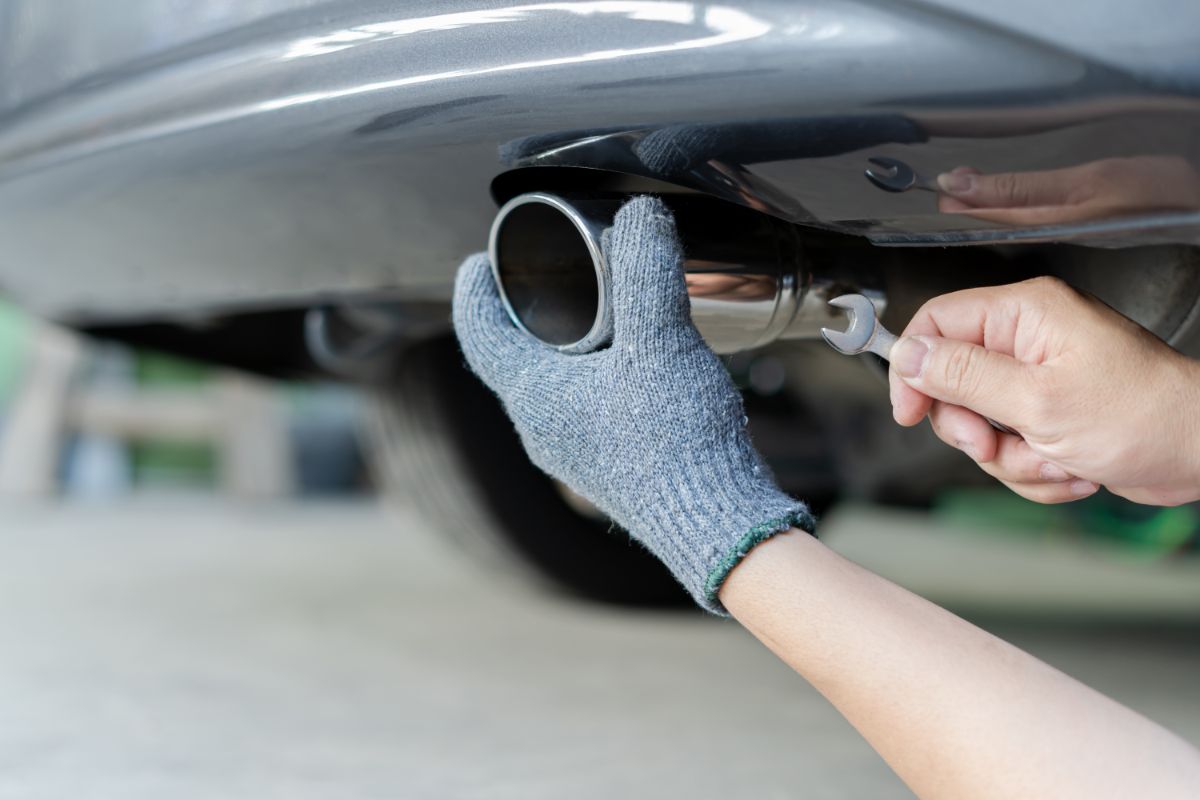
The average installation time for a glass pack is about an hour. However, if you don’t have the right tools and know-how, it can take a lot longer.
The first step is to remove the stock air filter and install the glass pack. You might need a screwdriver or wrench to remove some fasteners in order to get the old filter out. After that, you can slide the new one in place and secure it using some clips or screws.
Next, you’ll want to cut open a hole in your airbox so that air can get to the intake tube from outside of the engine bay. If you’re using a stock airbox like on most cars, there should already be a hole for this purpose (or at least enough room for one).
You just have to cut out the plastic covering around it and make sure there’s enough room for fresh air to come through when you close up shop again. You may also want to replace your stock intake tube with something like an aftermarket performance tube because they don’t restrict airflow as much as standard rubber ones do.
Once you’ve got everything installed, start up your car and listen for any leaks while idling at low RPMs until they stop happening entirely.
Can you replace your muffler with a glasspack?
You can replace your muffler with a glasspack. You will need to cut off your old muffler, weld on some tubing and then install the glass pack. It will be a little louder than stock but not as loud as you think.
Here is how you would do it:
1. Take off your old muffler and get rid of it.
2. Cut off the end of the pipe sticking out towards the front of your car so that there are only 2 pipes left (one going into each side of your car).
3. Take a piece of pipe about 1 inch long and weld it onto one end of each pipe so that they will fit together with no gaps (this will become the new tailpipe).
4. Use a mandrel bent tube for your tailpipe so that it doesn’t stick out too far from under your car (i used 2 inch diameter).
5. Get a glasspack muffler from any auto parts store or junkyard and mount it in place where your old muffler was mounted using the same mounting hardware that held your original muffler.


